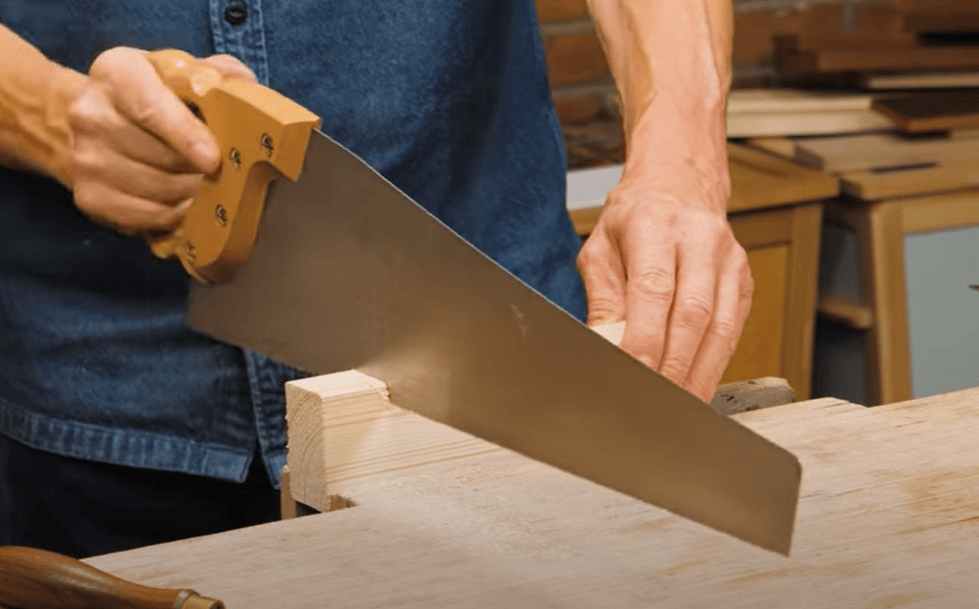Clicking on Amazon Services LLC Associates Program links on our site may earn us a commission. We provide unbiased overview of products and your support keeps us honest and objective. Thank you for helping us continue our work. Learn More →
Handsaws
top picks
What’s in the Toolbox
tool
features
options

Option 1
1 PACK
(1) 375mm (15”) Cross Cut Saw, with 11 TPI (4812)
Option 2
3 PACK
(1) 375mm (15”) Cross Cut Saw, with 11 TPI (4812)
Option 3
1 PACK
(1) 400mm (16”) Cross Cut Saw, with 9 TPI (4813)
Option 4
1 PACK
(1) 457mm (18”) Cross Cut Saw, with 9 TPI (4815)
Option 5
1 PACK
(1) 500mm (20”) Cross Cut Saw, with 9 TPI (4816)

Option 1
1 PACK
(1) 350mm (14”) Universal Hand Saw, with 11 TPI (HT0024)
Option 2
1 PACK
(1) 400mm (16”) Universal X-Sharp Handsaw, with 11 TPI (HT0152-SA)
Option 3
1 PACK
(1) 450mm (18”) Universal X-Sharp Hand Saw, with 7 TPI (HT0151-SA)
Option 4
1 PACK
(1) 500mm (20”) Pro Handsaw, with 8 TPI (HT0025-SA)
a Tool for Every Job

Handsaws have been a fundamental tool in any toolboxes of tradespersons and DIYers for many years offering a simple yet highly effective means of cutting through various materials. These manually operated tools consisting of a serrated blade and a handle provide the precision and control necessary for a wide range of tasks. For tradespersons, handsaws are indispensable tool for their ability to make clean accurate cuts in wood, essential for carpentry, woodworking and construction projects. They are particularly valued for their versatility with different types of handsaws such as rip saws, crosscut saws, and panel saws available to suit specific cutting needs. Whether it’s constructing furniture, framing buildings or performing detailed finish work, handsaws enable professionals to achieve high quality results.
Handsaws open up a world of possibilities for home improvement and creative projects. Their straightforward design and ease of use make them accessible to DIYers who may not have extensive experience with power tools. Handsaws are perfect for a variety of tasks from building shelves and garden structures to crafting decorative items and performing minor repairs. The control afforded by a handsaw allows for accurate cuts essential for detailed work and custom projects. Additionally, handsaws require no power source making them convenient and portable for use in any location. This makes them an ideal choice for projects in areas without easy access to electricity or for those who prefer the traditional approach of hand tools. The enduring appeal of handsaws among both professionals and DIY enthusiasts underscores their effectiveness and reliability in achieving precise high-quality workmanship.
BUYERS GUIDE
Handsaws
Determine the Purpose:
When buying a handsaw, the first step is to identify its primary use as different handsaws are designed for specific tasks. Rip saws are best for cutting along the wood grain, crosscut saws are ideal for cutting across the wood grain and panel saws are suitable for precise cuts on thinner materials. Understanding the intended use helps narrow down your options and ensures optimal performance for your projects.
Blade Quality:
The blade’s material and construction significantly affect the saw’s performance and durability. High-carbon steel blades are favored for their strength and longevity. A higher teeth per inch (TPI) means finer cuts suitable for detailed work while a lower TPI is better for faster, rougher cuts. Induction hardened or impulse-hardened teeth stay sharp longer and require less maintenance.
Ergonomics and Handle Design:
A comfortable handle reduces fatigue and improves control during use. Look for ergonomic shapes and non slip grips which enhance comfort and safety. Pistol grip handles provide better leverage and control particularly useful for prolonged use or precise cuts.
Price and Budget:
Consider your budget when purchasing a handsaw but remember that the cheapest option may not always provide the best value. Higher quality saws may have a higher upfront cost but can offer better performance and durability saving money in the long run. Balancing cost with the features and quality you need will help you make a wise investment.
Brand Reputation:
Research the brands that produce handsaws and consider their reputation in the industry. Established brands often have a history of producing reliable high quality tools and may offer better warranties and customer service. Trusted brands can provide an added level of assurance regarding the tool’s performance and longevity.
Maintenance and Care:
Consider the maintenance requirements of the handsaw. Some saws are easier to maintain and keep sharp than others. A saw with a rust-resistant coating will require less frequent upkeep and those with replaceable blades or teeth can be more economical and convenient over time. Regular maintenance ensures the saw remains efficient and extends its lifespan.
User Comfort and Fatigue:
User comfort is essential especially if you will be using the handsaw for extended periods. Look for features that reduce fatigue such as a well balanced design and shock absorbing handles. Handsaws that are comfortable to use will enhance your overall experience and productivity.





